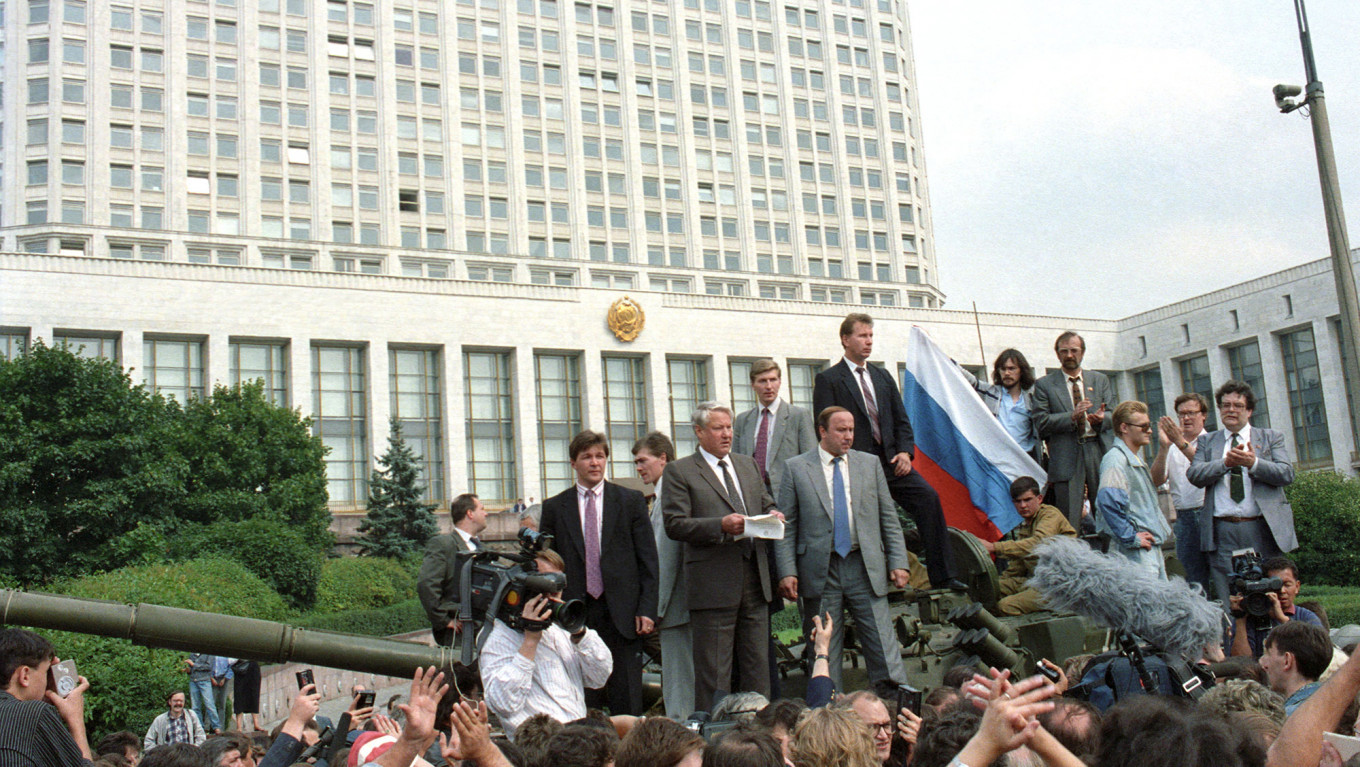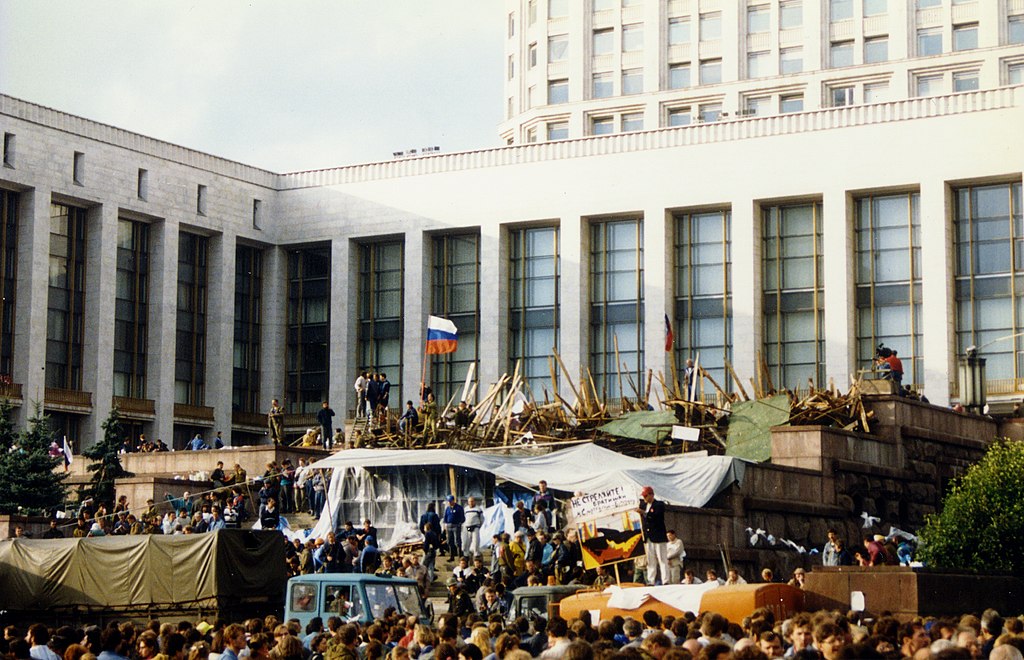Authors:
Historic Era: Era 10: Contemporary United States (1968 to the present)
Historic Theme:
Subject:
Spring 2022 | Volume 67, Issue 2


Authors:
Historic Era: Era 10: Contemporary United States (1968 to the present)
Historic Theme:
Subject:
Spring 2022 | Volume 67, Issue 2

Editor’s Note: Andrei Kozyrev was foreign minister of Russia under President Boris Yeltsin from 1991 to 1996, and recently authored a remarkable inside history of the collapse of the Soviet Union, The Firebird: The Elusive Fate of Russian Democracy, from which portions of the following essay were adapted.
During the August 1991 coup attempt by hardliners against Mikhail Gorbachev, Mr. Kozyrev was present when tanks moved in to seize the Russian White House when President-elect Boris Yeltsin famously stood on a tank to address the crowd assembled. Kozyrev then departed to Paris to muster international support and, if needed, to form a Russian government-in-exile. He participated in the negotiations at Brezhnev’s former hunting lodge in Belarus where the leaders of Russia, Ukraine, and Belarus agreed to secede from the Soviet Union and form a Commonwealth of Independent States. Kozyrev’s pro-Western orientation made him an increasingly unpopular figure with Russian leaders and the ultra-wealthy oligarchs.
It was December 1991. I was in a hunting lodge deep in a vast forest, and I had to make a phone call that would change not just my life but the lives of millions. In a detail that might seem astonishing today — not least to younger readers — I had nothing more technologically sophisticated than an ordinary landline on which to make contact with a center of power that most of my fellow countrymen and women had viewed for decades as the enemy.
Sitting on the end of the phone looking at the pine-tree wilderness outside the window, I realized I was being put through, first to the White House in Washington, DC, and then to the president of the United States himself, George H. W. Bush.
I had two important pieces of news for Bush. The first was that his former Cold War opponent, the Soviet Union, was to be divided into twelve newly independent states. The second and equally crucial piece of information was that only Russia would inherit and control the Soviet nuclear missile capability, which even today could destroy America.
Like the baby boomers in the United States, my generation in Russia felt as if it had lived permanently on the brink of annihilation. For almost half a century, both sides in the Cold War had stockpiled nuclear arsenals in an equation that had earned itself the moniker of mutually assured destruction. The acronym — MAD — felt entirely appropriate.
Although about 4860 miles separate Moscow and Washington, what happens in Russia remains vitally important for the United States (and consequently, for the rest of the world). Recent political analysis has overwhelmingly focused on Russia’s